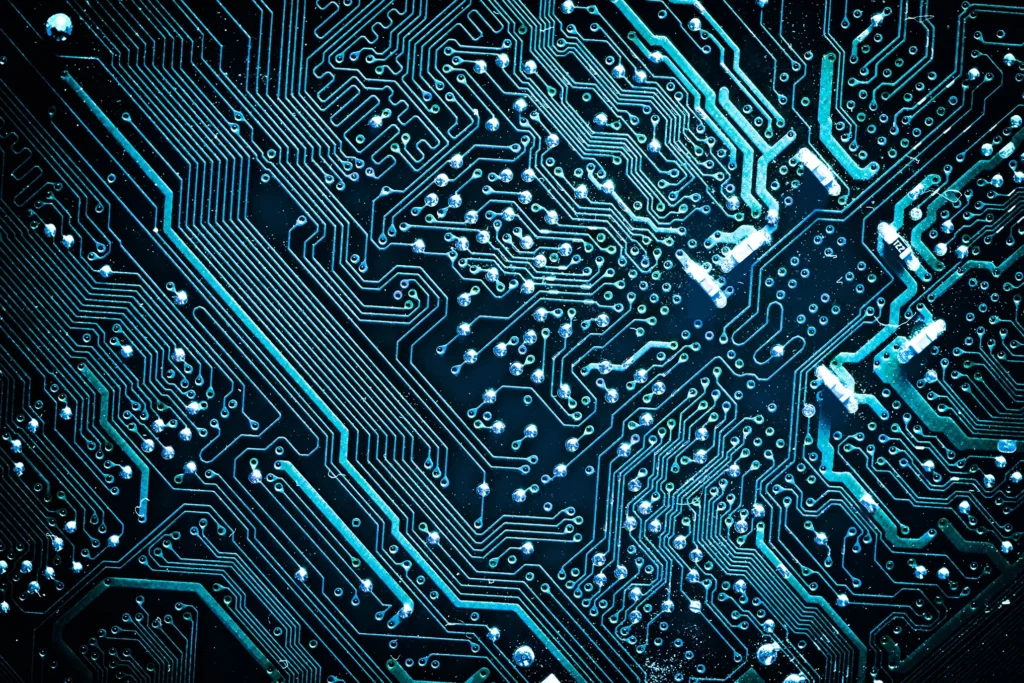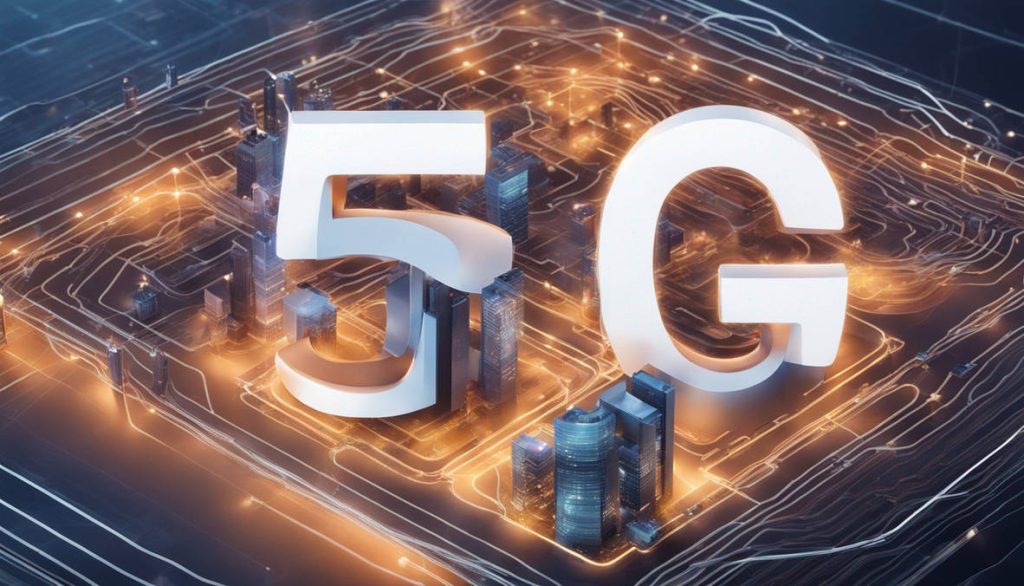Healthcare has been undergoing one of the most transformative shifts in decades, driven by connected health solutions. With over 500 million people worldwide expected to use digital health apps and wearables by 2025 (Statista), the industry is rapidly moving toward a more integrated and patient-centric model. Connected health is no longer a futuristic concept—it is redefining how patients, providers, and systems work together to deliver smarter, more accessible care.
This blog explores why connected health solutions are shaping the future of healthcare, the challenges they solve, and how organizations can adapt to this new paradigm.
What Are Connected Health Solutions?
Connected health solutions refer to technologies that link patients, healthcare providers, and data in real time. They integrate devices, applications, and platforms to ensure continuous monitoring, remote communication, and smarter decision-making.
Key Elements of Connected Health
-
Wearables & Sensors: Track vitals, activity, and chronic conditions.
-
Mobile Health Apps: Enable self-management, reminders, and lifestyle coaching.
-
Telehealth Platforms: Facilitate video consultations and remote diagnoses.
-
Electronic Health Records (EHRs): Provide centralized, shareable patient information.
-
AI & Data Analytics: Transform raw data into actionable insights.
Why Connected Health Is Becoming Essential
Connected health solutions are not just innovative add-ons—they are becoming the backbone of healthcare delivery.
1. Rising Patient Demand
Patients expect care that is convenient, digital-first, and always available. Mobile health tools and virtual visits align with these expectations.
2. Chronic Disease Management
With nearly 60% of adults in the U.S. living with at least one chronic disease (CDC), connected health enables continuous monitoring and personalized treatment.
3. Healthcare Workforce Shortages
By 2030, the world faces an estimated shortage of 10 million healthcare workers (WHO). Connected health helps providers manage more patients efficiently.
4. Cost Pressures
Healthcare systems face increasing costs, and digital solutions help reduce unnecessary hospitalizations and improve efficiency.
How Connected Health Transforms Patient Care
Connected health is transforming the patient journey across all touchpoints.
1. Remote Patient Monitoring
Patients with conditions like diabetes or hypertension can track vitals through connected devices, alerting doctors in real time if something is abnormal.
2. Improved Access to Care
Telehealth eliminates geographical barriers, allowing patients in rural or underserved areas to access specialists without travel.
3. Personalized Medicine
By combining patient data with AI, treatment plans can be tailored to individual needs, improving outcomes.
4. Preventive Healthcare
Real-time insights enable earlier interventions, reducing the risk of complications and hospital admissions.
5. Enhanced Engagement
Mobile platforms encourage patients to participate actively in their health, increasing adherence to treatment.
Technology as the Enabler of Connected Health
Healthcare innovation relies on a robust technology foundation.
1. IoT in Healthcare
Smart devices such as wearables, glucose monitors, and connected inhalers ensure real-time data collection.
2. Cloud Computing
Cloud platforms provide scalability, security, and real-time collaboration between healthcare stakeholders.
3. Artificial Intelligence
AI algorithms identify patterns in patient data, helping predict risks and optimize care pathways.
4. Mobile Health Platforms
The adoption of mobile application development Atlanta providers has shown how localized expertise helps create secure, patient-focused mobile apps that enhance usability while meeting regulatory standards.
Benefits of Connected Health Solutions for Providers
Healthcare professionals gain immense value from connected health technologies.
1. Real-Time Data for Better Decisions
Access to up-to-date vitals ensures timely and informed medical decisions.
2. Efficiency in Care Delivery
Automated reminders, remote monitoring, and AI triage reduce provider workload.
3. Enhanced Patient Relationships
Doctors can interact with patients more frequently, building trust and long-term relationships.
4. Reduced Administrative Burden
Integration of EHRs and automation helps providers spend more time on patient care.
5. Improved Collaboration
Multiple providers can access shared patient records, ensuring continuity of care.
Business and Industry Impact of Connected Health
Beyond direct patient care, connected health is reshaping healthcare business models.
1. Value-Based Care Models
Payment structures are shifting toward outcome-based reimbursement, and connected health provides the necessary metrics to evaluate success.
2. Insurance Innovation
Insurers can use connected health data to personalize policies, reward healthy behaviors, and reduce claims.
3. Pharma and Research
Connected health accelerates clinical trials by gathering continuous, real-world evidence.
4. Smart Hospitals
Hospitals use connected systems for asset tracking, predictive maintenance, and patient flow optimization.
5. Global Healthcare Accessibility
International collaboration and telehealth expand the reach of advanced care worldwide.
Barriers to Adoption of Connected Health
While promising, connected health faces challenges.
1. Data Privacy & Security
With increasing connectivity comes the risk of data breaches and unauthorized access.
2. Regulatory Hurdles
Different regions have varying rules for digital health adoption.
3. Technology Costs
Upfront investment in devices, cloud systems, and training may be prohibitive for smaller facilities.
4. Interoperability Issues
Legacy systems often fail to integrate smoothly with new platforms.
5. Patient Digital Literacy
Not all patients are comfortable or skilled in using connected health tools.
The Future of Connected Health
The next decade will see connected health evolve into a fully integrated ecosystem.
1. AI-Powered Predictive Healthcare
AI will analyze massive datasets to predict health risks and provide preemptive care.
2. Expansion of 5G in Healthcare
Ultra-fast connectivity will enhance telehealth and real-time data sharing.
3. Integration with Smart Homes
Smart home devices will connect with healthcare platforms, enabling passive health monitoring.
4. Decentralized Care Models
Hospitals will transform from central hubs to remote care centers supported by technology.
5. Global Health Equity
Connected health has the potential to bridge disparities by bringing advanced care to underserved communities.
Conclusion
Connected health solutions are redefining the way healthcare is delivered, managed, and experienced. They empower patients with more control, assist providers with real-time insights, and create efficiencies for healthcare systems under pressure. By integrating digital tools, AI, and IoT, the healthcare industry can move toward a more proactive, personalized, and accessible future. The organizations that embrace this transformation today will be best positioned to lead tomorrow.
FAQs
1. What are connected health solutions?
Connected health solutions are technologies that link patients, providers, and data in real time using devices, mobile apps, telehealth platforms, and analytics.
2. How do connected health solutions benefit patients?
They provide remote monitoring, personalized care, easier access to healthcare professionals, and improved engagement in managing personal health.
3. Are connected health solutions secure?
Yes, but security depends on compliance with healthcare regulations like HIPAA, use of encryption, and strong cybersecurity practices.
4. How do connected health solutions help providers?
They offer real-time patient data, improve care efficiency, reduce administrative burdens, and support value-based care models.
5. What is the future of connected health?
The future includes AI-driven predictive healthcare, smart home integration, 5G-enabled telehealth, decentralized care, and improved global accessibility.
6. Can small healthcare providers adopt connected health solutions?
Yes, with scalable cloud-based tools and modular platforms, smaller facilities can implement connected health without massive upfront costs.



